The house was built in the Georgian style and the name of its architect has been lost to the ages. As our tour guide informed us: the three most important aspects of Georgian architecture are symmetry, symmetry and symmetry. The house appears much bigger than it actually is, and when you get inside you realize the amount of family living space is not what you might expect. The floor plan is that of a giant "H" with all of the family's rooms on the upper story and with storage and service rooms in the ground level basement. The main entrance of the house is easy to find at the top of the massive steps and leads you into the great hall, which is one big room that occupies the entire middle of the house, front to back. On either side of the great hall are three to four rooms in each wing. The most prominent feature of the house are those fantastic chimney stacks, which were once linked by a roof deck where the occasional dance took place.
On either side of the house are walled gardens. The west garden is primarily planted with fruits, vegetables and herbs, both medicinal and culinary. The east garden is more formal and ornamental with plantings set among boxwood parterres (it couldn't be an old house in Virginia without lots of box). Among the gardens are four large, original out buildings, symmetrical to the main house. Here meals were cooked, laundry was done and gardening tools were stored. In one of the orchards there was small brick building called the Octagon, and it appeared to be used as a summer house.
Magnolia grandiflora
Fig (Ficus carica) and Winterberry Holly (Ilex verticillata)Hydrangea paniculata and Winterberry Holly
Devil's Walking Stick (Aralia spinosa)
The foundations and fortunes of Stratford Hall (and the whole state of Virginia for that matter) were built from this pretty plant not normally grown for its flowers - Nicotiana tabacum.
Dogwood (Cornus florida)
I saw this plant in the East Garden and thought it must be some kind of fall blooming Crocus or a regular one blooming out of season. However, when I examined the foliage, it looked like something else, and one of my co-workers later helped me ID it as Sternbergia sicula.
The house is oriented to the Potomac and a strip of the forest is kept clear so the vista remains. This shot is the rear of the house as it faces the river, the smaller building is the Octagon.
Our tour guide for the main house was extremely informed and passionate about what he did. He made a real effort to relate our lives to those lived in the 1700's. My only issue about the tour and the visitor's center is the all too brief mention of slavery, in fact the tour guide kept using the word "servant" when "slave" may have been more appropriate. I had to finally ask how many slaves it took to run the plantation. He told us at one time the plantation had 130 slaves, as well as 130 indentured servants (so I became a little less indignant). I know this historical issue is a difficult one to convey, and there are many places, like Colonial Williamsburg, that have embraced the ugly parts of our history and have worked it into their interpretations.
Well behind the main house, off on the edge of the woods is a cabin. In its small yard is a memorial to "Uncle Wes" and carved into the stone is what I am sure were well meaning words when they were written, but in 2009 they come close to sounding patronizing. Perhaps my preference for seeing the big picture was making me misread how history was interpreted here.Stratford Hall is fairly close to other attractions in Virginia and nearby Washington D.C., and if you get the opportunity you should visit. The admission is very reasonable and the private foundation that owns and runs it could use the revenue. On a beautiful clear fall Sunday, when the place should have been very busy, we had it to ourselves.
(If you are interested, there are more pictures here.)



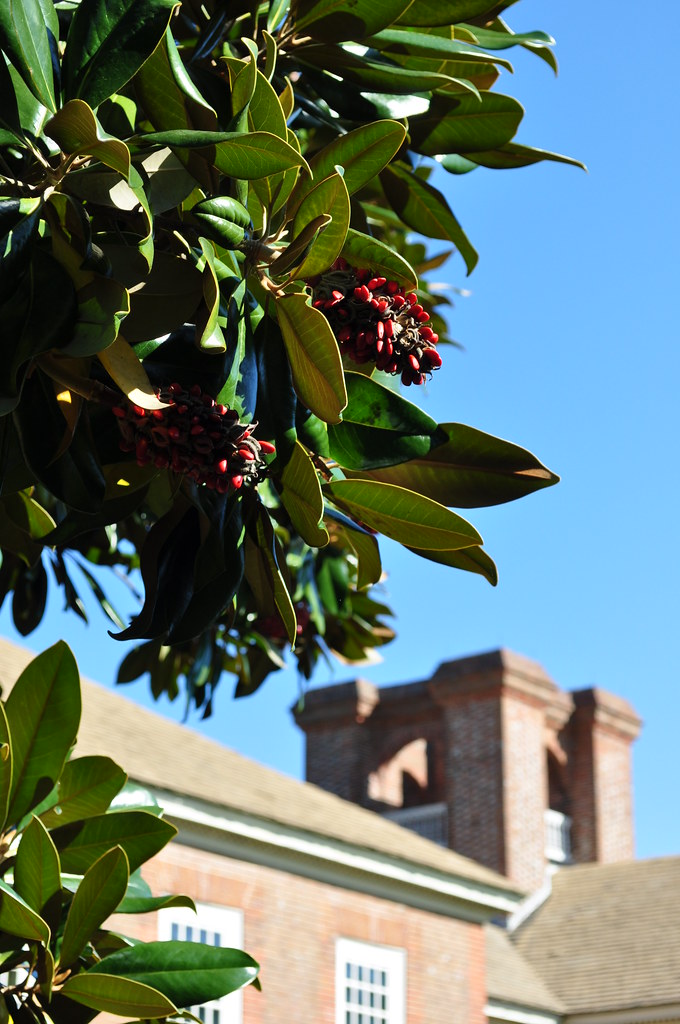
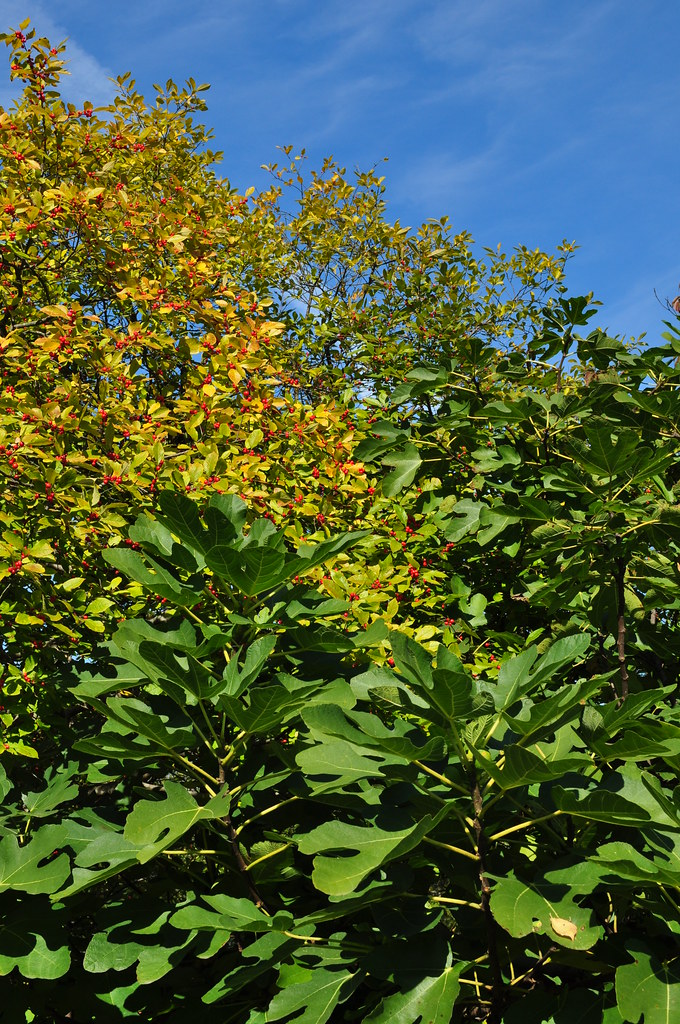

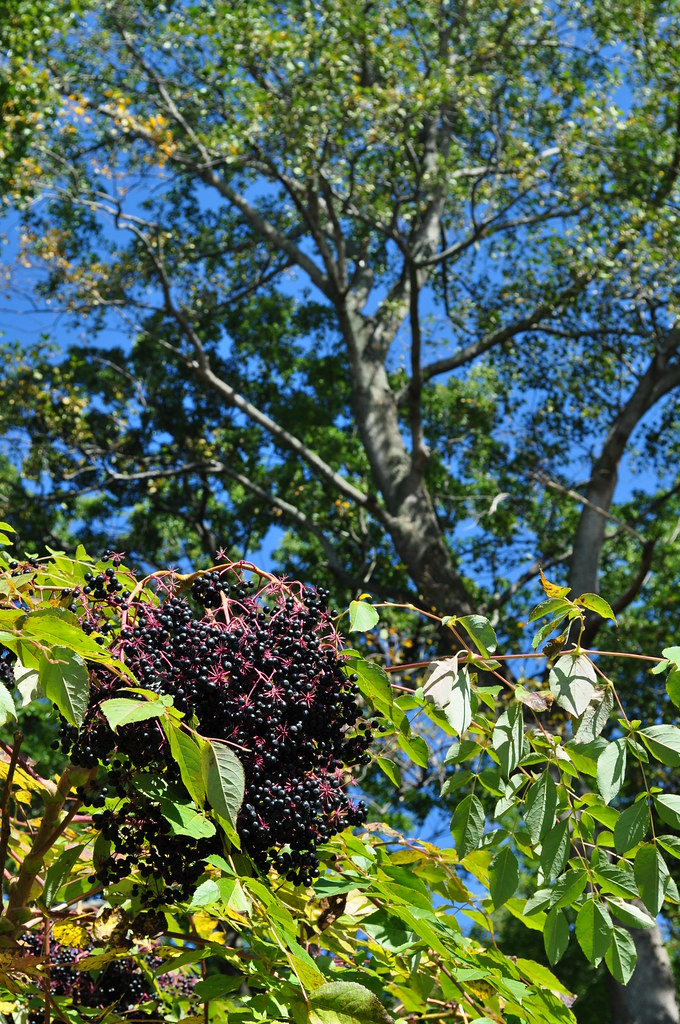
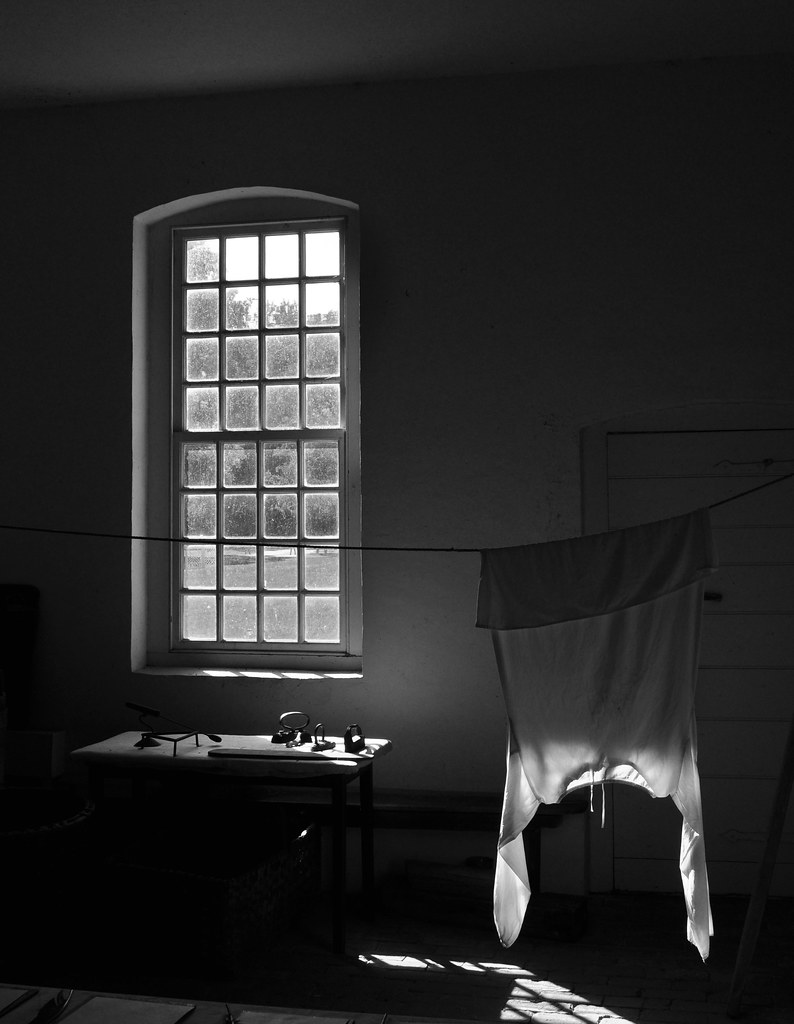
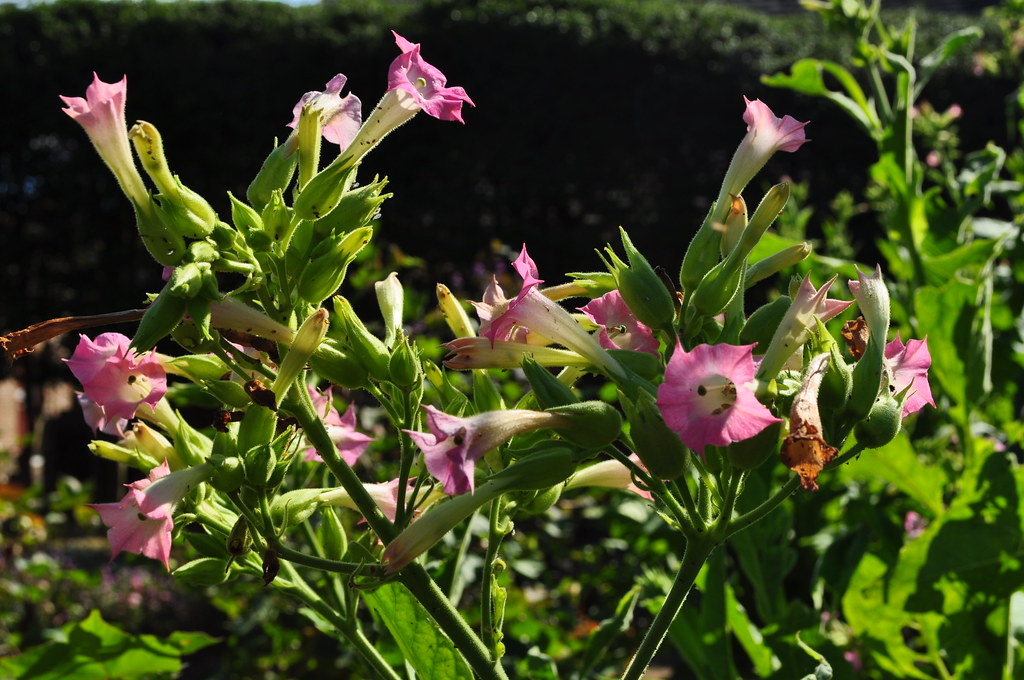

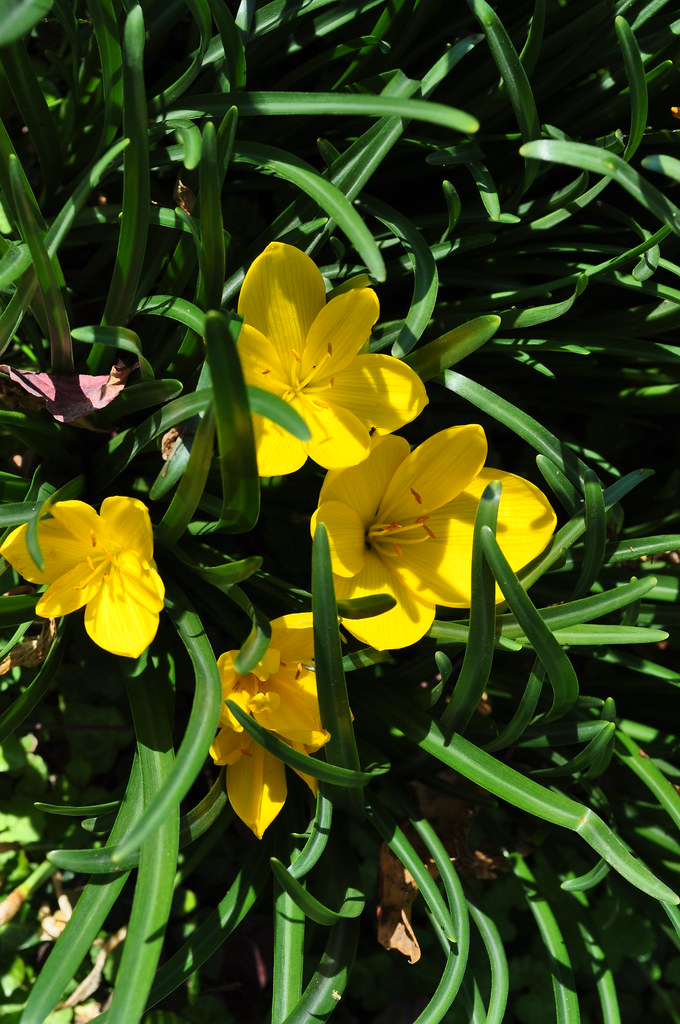
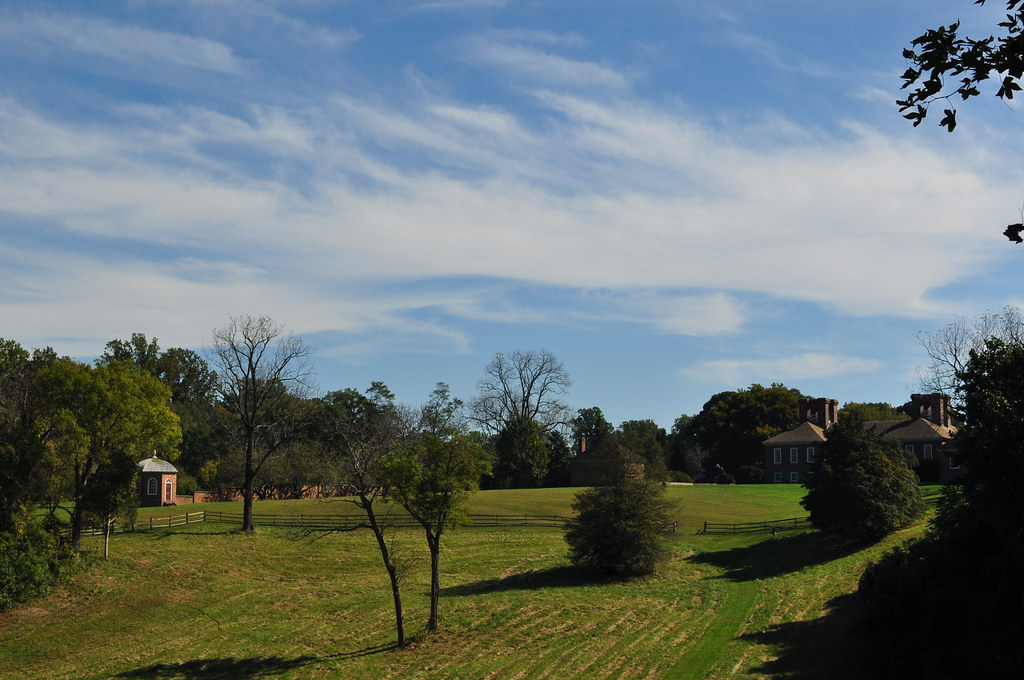

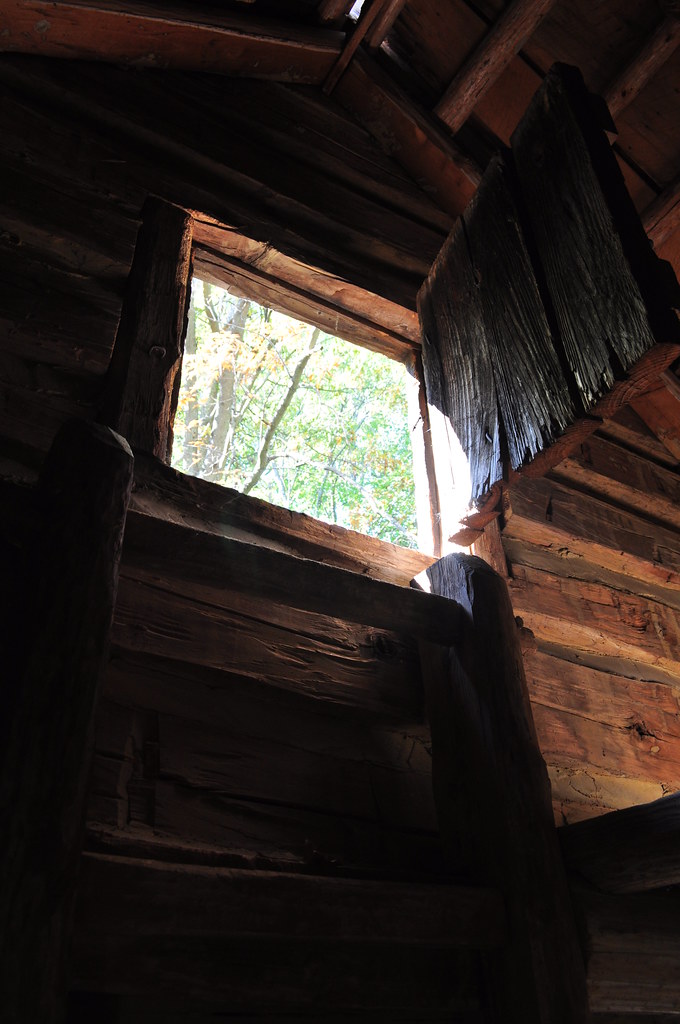




I've never been there, what a nice tour you gave us. I really need to add some Ilex to my garden if just for those berries. ;)
ReplyDeleteMorning Les, I haven't been to Stratford Hall, but somewhere in the recesses of my mind I seem to recall something about it. Maybe I went a hundred years ago (when I was in high school??) So glad you shared some wonderful photos of it. Love the photo of the wood of the cabin. Great eye.
ReplyDeleteWhat a wonderful tour. I like the symmetry and have to ask if the Georgian gardens are also symmetrical. I couldn't imagine dancing on a rooftop deck that high. It is a beautiful place and the history is most interesting.
ReplyDeleteLes, beautiful shots as always, and of particular interest are your interior photos. Luv them!
ReplyDeleteIt is truly like you have stepped back in time. I wish I had known about this place and I would have tried to visit when I went to D.C. a few years ago.
ReplyDeleteThank you for the tour. Stratford Hall is a magnificent house.
ReplyDeleteRacquel,
ReplyDeleteI do not currently have room for a dec. holly. I sure wish I did.
Janet,
I hate when I have a memory of something but can't remember the circumstances. It happens more frequently now.
Tina,
The gardens were not as symmetrical as the house, but were certainly pretty close to it.
Di,
I took the interior shots in the out buildings. They will not let you photograph in the main house, which is a shame.
Phillip,
I felt as if we owned the place it was so not crowded. I think we encountered no more than 20 other people on the whole estate, and it is a big place. If you ever get up there again, it might be 30 to 40 minutes east of I-95.
Sweet Bay,
You are welcome for the tour, it is an amazing place.
Les
You sure do have more fun than me (or, you get out more than me). I enjoy living vicariously through your blog, so thanks.
ReplyDeleteWhat a beautiful house. I've never seen it before. Maybe I can get out there next spring.
ReplyDeleteBen,
ReplyDeleteI guess I am just restless.
Phillip,
You definately should go. It is close enough to Williamsburg to even be a day trip.
Les
As usual, you do such a wonderful job of capturing the essence of a place. If enough visitors like you question the role of slavery on the plantation, perhaps they will begin to provide a more balanced presentation. I think it's great that treasures like the house and gardens are so lovingly preserved, but the full story of the place's history (warts and all) needs to be acknowledged and interpreted as well.
ReplyDeleteThank you, Les, so much for this post. I've never been there, and seeing it through your eyes made it come alive for me. I am such a fan of American history.~~Dee
ReplyDeleteI think of England when I think stately country homes, but this American one measures up. One wonders how they maintained it and then the glamor fades with the words slaves and indentured servants.
ReplyDeleteI LOVE the black and white photo - gorgeous composition and the last one of the cabin - great contrast to the rigid bricks.
Your camping trip below looks like it was fun. You can do the mountains another year.
Beautiful photos Les, and really nice commentary!
ReplyDeleteMichael,
ReplyDeleteThanks for stopping by. I really liked the interpretation that was given by the people at Carter's Grove when it was still open for tours. I believe it was run by Colonial Williamsburg, and they reconstructed and furnished the slave cabins to offer a glimpse into that part of our history, complete with actor/tour guides.
Dee,
You can't throw a pebble around here without hitting something historic. Unfortunately, alot Va.'s history has been paved over or built on.
Sarah,
When this stately country home was built the center of the world was still England, and Virginia a state full of anglophiles. I would have loved to take more photos inside but we were restricted from doing so.
LG,
Thanks for the comments. I almost came close to talking about the dining room there, but I was getting too long winded. It is a big log cabin with a large porch on the back, that felt like a tree house. The crab bisque with sherry, crab cakes and country ham bisquits were delicious. We never got around to trying "Mr. Lee's Fried Chicken".
Les
I've always wanted to visit Stratford Hall. That house is so distinctive; there is no mistaking it. Interesting to realize how the space is actually divided and allocated. Thanks for all those extra photos.
ReplyDeleteI think you are entirely appropriate in your questioning about servants/slaves. This is still an ongoing issue in this country and it seems to me to be important to always be aware of the subtext; more than aware — to have the subtext be part of the presentation. Up here, the comparative issue would be related to Indian tribal rights. There was lots of violence over fishing rights in Wisconsin as recently as the 1970s.